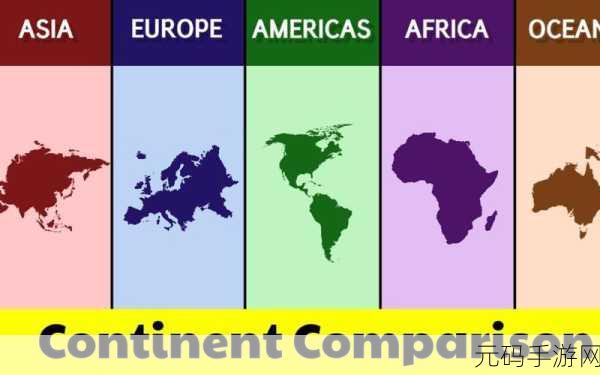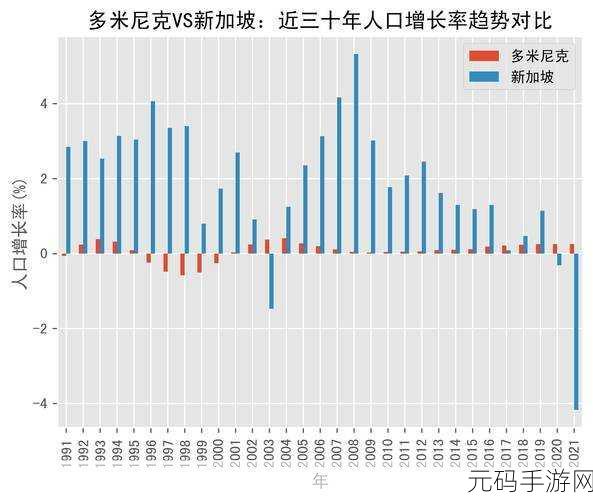亚洲、欧洲与美洲人口比例概述
全球范围内,人口分布呈现出显著的地区差异。各个大洲的人口数量不仅影响经济发展,还在文化交流、政治关系等方面发挥着重要作用。根据最新统计数据,亚洲以其超大的总人口数遥遥领先于其他大陆,其次是欧洲和美洲。这种不平衡的人口结构引发了许多社会问题,也促进了对资源配置及可持续发展的深入思考。
亚洲:世界上最多的人口
作为世界上最为繁忙的大洲之一,亚洲拥有超过46亿的居民,占据全球总人口的近60%。这一数字背后,是一系列复杂而丰富的历史、文化以及经济活动。从中国到印度,这些国家都是国际事务中不可忽视的重要参与者。在这片土地上,各具特色的民族和语言构成了一幅绚丽多彩的画卷。

中国一直以来是世界第一大国,不仅在人口数量上处于领先地位,同时也是全球第二大经济体。尽管近年来政策有所调整,但出生率下降的问题依然存在。此外,印度快速增长的人口使得该国逐渐逼近甚至可能在未来超越中国的位置,人们对于如何管理如此庞大且不断增加的人口产生了深刻关注。
欧洲:低生育率与老龄化挑战
相较于亚太地区,欧洲面临的是一个完全不同的发展图景。目前,该地区约有7.5亿人,相比之下虽然人数较少,但却蕴含着巨大的潜力。在工业化进程早期,由于高出生率和移民潮,一度使得很多西欧国家迅速扩张。然而,如今多数欧洲国家正经历严重老龄化,并伴随低生育率趋势,使得未来劳动力市场面临严峻考验。

This demographic shift has sparked discussions about immigration policies, social security systems, and labor market adjustments across the continent. Countries如德国和意大利已开始考虑吸纳更多外来移民,以填补劳动缺失并推动经济复苏。同时,对教育体系进行改革,以及提升女性就业机会,都被普遍认为是应对这些挑战有效策略的一部分。
美洲:多样性中的机遇与困境
The Americas have a population of around 1 billion people, with significant diversity in both culture and demographics. The United States is home to over 330 million individuals, making it one of the most populous countries globally as well. This region presents unique opportunities owing to its rich natural resources and economic activities.
Lately, however, systemic issues such as income inequality and healthcare access have come into sharper focus as populations grow in urban areas while rural communities face stagnation or decline. Immigration plays a crucial role here too; nations like Canada have embraced multiculturalism by welcoming immigrants from all corners of the globe—enhancing their workforce while also fostering innovation.
未来展望:跨区域合作与协调发展
The disparities among these continents not only highlight demographic trends but also call for increased cooperation on global challenges such as climate change, health crises (e.g., pandemics), and sustainable development goals (SDGs). As each region grapples with its own set of issues related to population growth or decline, shared knowledge can pave pathways toward innovative solutions that benefit humanity at large.



